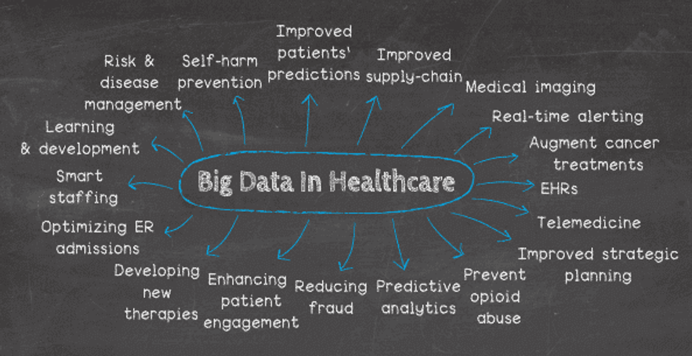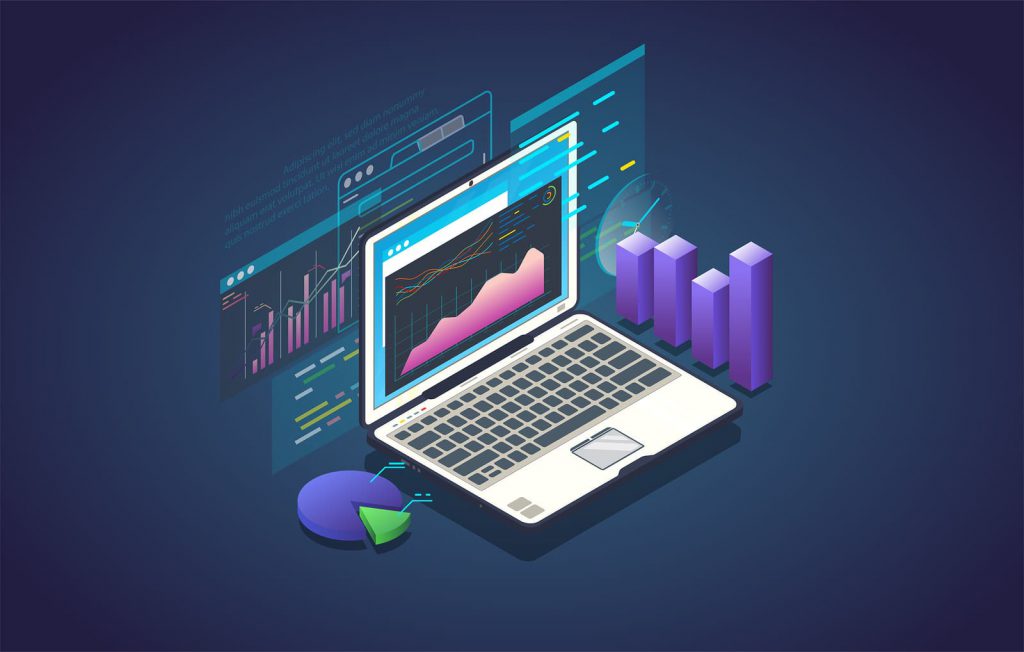Sign Up for Our
Updates
What Is Data Wrangling and Why Do It?
Data wrangling is the process of cleaning, organising, and transforming huge amounts of raw data into the desired format, allowing analysts to engage in prompt decision making.

In the 21st century, the amount of data and the number of data sources that need to be analysed have been growing exponentially. With so much data out there in the wild, it’s essential for data scientists to be able to efficiently organize it, ready for analysis.
Watch the interview between myself and Izabella Lloyd-White, ServiceHub Automation Engineer & Marketing Coordinator at Alphalake Ai, below to learn more about Data Wrangling and how we use it at Alphalake Ai.
Key steps in Data Wrangling
Gathering and Understanding Data
Before you can do anything in the world of data science, you need data gathered from reliable sources. To be able to uncover the stories your data is holding, you’ll need to familiarize yourself with it and conceptualize its potential uses for it.
Data Structuring
Raw data is unusable in its unrefined state because it’s either incomplete or stored in a disorganized manner. This is where data structuring comes in. By data structuring, we mean the processes by which transform raw data into an easily accessible format.
Data Cleaning
When you remove inherent errors that might distort your analysis of the data, you’re effectively cleaning the data. The goal of data cleaning is to remove the scope for errors that would otherwise skew the final analysis.
Enriching Data
Before you begin your analysis, it’s crucial to determine whether the data you’ve collected contains all the information needed for the project. Data can be enriched by incorporating values from other data sets. For example, an insurance company might collect crime data from different sources to cover all the variables needed to provide accurate risk estimates.
Data Validation
At this stage, you’ll need to confirm whether the data you have collected is high-quality and consistent. The data validation process is crucial as it can help you uncover issues that need to be resolved if you want your analysis to be accurate and meaningful. Thankfully, there are a number of automated processes that can streamline the data validation process. However, programming is generally required.
Benefits of Data Wrangling
Data Consistency
Data consistency is crucial if you wish to provide meaningful analysis of your data. Only with a consistent data set can you provide accurate comparisons, contrasts, and correlations that reveal valuable, actionable information for your audience. Data wrangling is how you achieve this consistency.
Improved Insights
As you can imagine, clean, consistent, high-quality data is the ideal food for your automated tools. When data goes in clean, these tools are able to analyse it faster and with far more accuracy. Hence, the data wrangling process allows you to offer far better insights to your audience.
Cost Efficiency
When you’re conducting faster and more efficient data analysis and model-building, you enjoy the cost-saving benefits of reduced errors, fewer hold-ups for developers, and far less time-wasting overall.
Data Wrangling Challenges
It Takes Time
While you should save time in the long-run, particularly when your calculations span multiple projects, there’s no getting around the fact that the data wrangling process itself is time-intensive.
You’ll be dealing with highly detailed and complex data sets, and as you go through the data wrangling process, your priorities may shift and a whole host of other challenges may present themselves.
Data Access
You must have explicit permission to access any data you wish to work with, and taking the appropriate steps to satisfy data privacy rules can be frustrating and time-consuming.
Data Relationships
It can take quite a bit of time and effort to understand and verify the relationships between data entities. Thankfully, data warehousing models can help you handle this more efficiently.
Manual Data Integration
Though we live in a digitally-driven world, not everything is digitized. So, to get the data sets you need, you may find yourself having to manually enter and organize information from hard-copy documents.
Opportunities for Data Wrangling in Healthcare
Data is what drives innovation and growth in all sectors, and for Health and Care organizations, it is crucial for improving the delivery of care, patient outcomes, and an infinite array of other factors.
Wearable tech, patient monitoring, digital health and patient outcome records, and other connected devices are sending valuable streams of data into an already rich environment. By harnessing the analytic possibilities, data scientists are able to reveal insights into everything from improving the efficacy of clinical trials to reducing operating inefficiencies.
Through this work, health care is developing into a data-driven ecosystem, and in such an ecosystem, the demand for analytical mastery and the ability to harness reliable data sources will only continue to grow. Success for any business will hinge on the ability of its data scientists to access relevant data, create relational databases, and aggregate all of this into a single view, ready for accurate analysis.
While the digitization of the health care system has, as mentioned above, created an abundance of new and reliable data sources, much of this data is unstructured or semi-structured. To find the true value in this complex proliferation of data, data wrangling is crucial.
Among other things, the processes described above can help you develop a data hub capable of storing any type of data set. This structured, easily accessible hub could offer a foundation from which to process data for a variety of valuable, analytic purposes.
Healthcare Use Cases

Uses of Big Data in the Healthcare sector
If you’re looking to use automated tools and machine learning to analyse and gain insights from data, it’s essential to start with the data wrangling steps outlined above. Of course, the data wrangling process itself has already been augmented and improved through the development of a number of automation tools. Over the coming years, our industry will be developing increasingly sophisticated AI solutions to support the data wrangling and data analysis processes.
At Alphalake Ai, we use our data wrangling service to help organisations transform unorganised data into useful/meaningful data products (i.e. real-time decision making, analytics and data-driven software functionalities). Can we help you advance your organisation through data? Get in touch with myself or one of our data experts here: https://www.alphalake.ai/#






